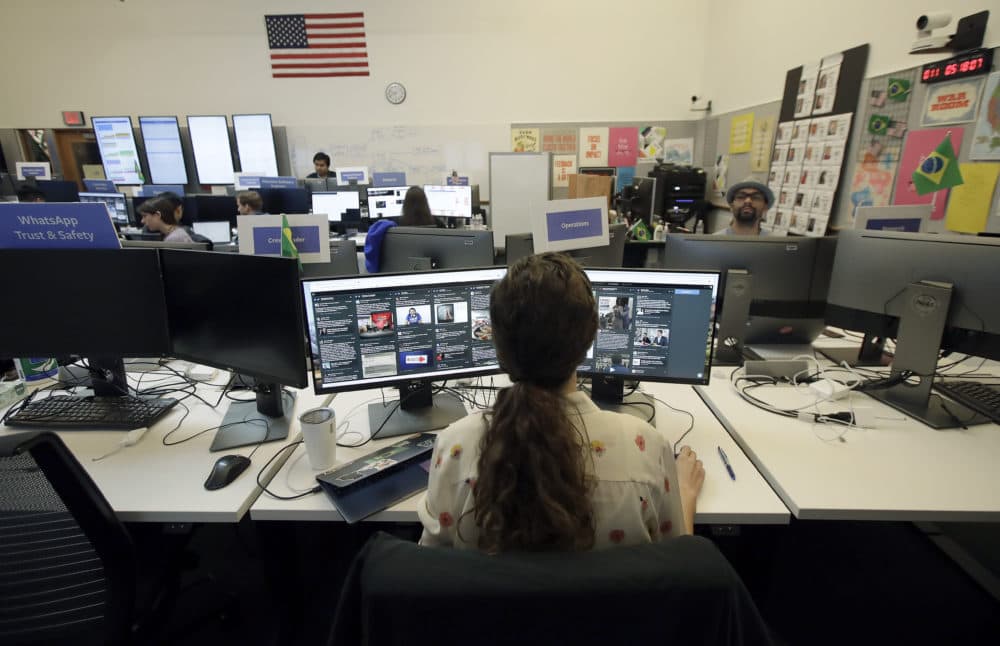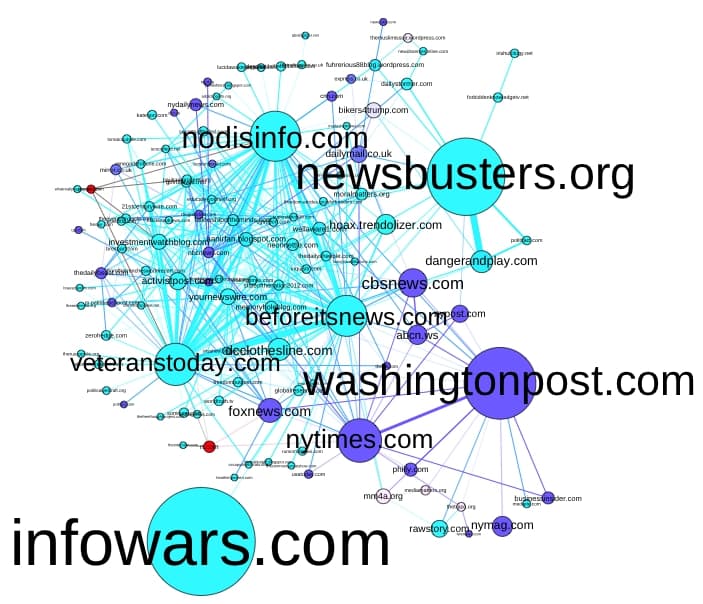
When Twitter was young and tweets a mere 140 characters long, I used to mock the platform for consisting largely of posts that merely used tiny URLs to direct readers to in-depth articles on real new sites.
Now I long to return to those days.
Last week I was in New York City at a conference on “social media listening” — the technology that serves the business of trying to glean insights, serve customers, build buzz and track your competitors online — when a shelter-in-place alert appeared on my phone. Within seconds, I learned from Twitter that the second of what would be 13 pipe bombs was found in the CNN mailroom a mile away. And literally seconds after that, I saw the first of the what would become legion conspiracy theory Tweets, charging leftists (or Democrats) with creating this faux bomb scare to derail Republican momentum.

Now, a few days later, in just the time that it took me to write the previous two sentences, @RoseHanna413 — who may well be a bot — tweeted that “Pittsburgh Shooter: Robert D Bowers was NOT ARRESTED on 10/27, HE DOES NOT EXIST in public record.”

The tweet links to a video in which a real woman’s voice documents all of the ways in which Robert Bowers is a fabrication. Clue Number one? On one website his age is shown as 37, which, our narrator confidently asserts, “…is a Kabbalah number they like to use a lot when they’re coding stuff.”
Since I started writing this column, this video has received over 1,300 views.
Hateful political posts like these, or like the “false flag” accusations that whipped up Trump’s base and then were conveniently deleted when Cesar Sayoc was arrested, are a form of guerilla cultural warfare. The modus operandi is simple: Post an outrageous fabrication, get some friends and some bots to retweet it, then delete it when the inconvenient truth becomes a bit too evident. The truth assassins — whether they be anonymous and paranoid conspiracy theorists like @RoseHanna413 or members of the U.S. Congress like Kevin McCarthy, who retweets anti-Semitic intrigues more slickly disguised as political rhetoric — shoot their targets, plant their IEDs, toss their grenades, then join and run off with the panicked crowd.

Contrast this process with the conversations going on about how to vote on Massachusetts Ballot Question 1, which would mandate specific nurse-to-patient ratios in hospitals. Many people — myself included — are ambivalent, so as Election Day approaches, we’re having face-to-face conversations with people we know and respect and reading articles and editorials. We are, in short, actively trying to educate ourselves through research, discussion and debate; to engage with the democratic process as it was envisioned.
At times like this, I wish social media would just shut the hell up.
According to scientists at MIT, falsehoods on Twitter were 70 percent more likely to be retweeted than accurate news. The kind of dangerous misinformation being propagated on these platforms isn’t merely the product of a few demented or malicious people. According to researchers at the University of Washington, it’s the creation of an entire “alternative” media eco-system, well-funded and well-organized. It is not one that mirrors the spectrum from right to left that we typically think of when analyzing political discourse, but rather, according to lead researcher Kate Starbird, demonstrate “an antiglobalist (vs. globalist) orientation where U.S. Alt-Right sites look similar to U.S. Alt-Left sites.”
Through lengthy, painstaking research, Starbird’s team created a graph depicting this eco-system.

They found this:
“More than half of the domains in the graph (and more than 80 percent of the alternative media domains) were cited for content explicitly supporting the alternative narratives. However, others (especially mainstream media) were cited for factual accounts of the events, and then used as evidence by conspiracy theorists as they built these theories. And a few were referenced for their denials of these theories.”
In other words, the anti-globalist “alternative” media assert that a spoon is actually a knife. Maybe they saw someone cutting food with a spoon. But the more compelling “evidence”? The fact that “mainstream” media claim that it’s a spoon and deny that it’s a knife.
I am not arguing for the abolition of social media, which can spread important and factual news at lightning speed, and bring serendipitous and at least fleeting joy. I don’t expect Twitter, Gab, Reddit or any other social media platform to be able to identify every lunatic. But we need to stop letting social media companies off the hook for their failure to adequately enforce the codes of conduct to which they pay lip service.
…we need to stop letting social media companies off the hook for their failure to adequately enforce the codes of conduct to which they pay lip service.
Facebook is already taking some good steps in that direction, though its stepchild, Instagram, is becoming the new refuge of hate-mongerers. Twitter, perpetually slow to respond to complaints of harassment and threats, still has a long, long way to go.
So let’s insist that these companies enforce their own rules, even if it costs them the money they’d have to invest in human beings and AI systems continually trained in how to identify and flag false or dangerous content. Let’s demand politicians who will create laws that hold authors liable for posting flagrant falsehoods and hate speech.
And in the meantime, I’d love us as a country to engage in a day-long deprivation exercise, one on which instead of relying on the usual social media channels to shape our thoughts, we are forced to talk to one another and read real, reported, fact-checked news. We might rediscover the joy of inquiry versus consumption, of consideration rather than reaction.
[“source=businessinsider”]
